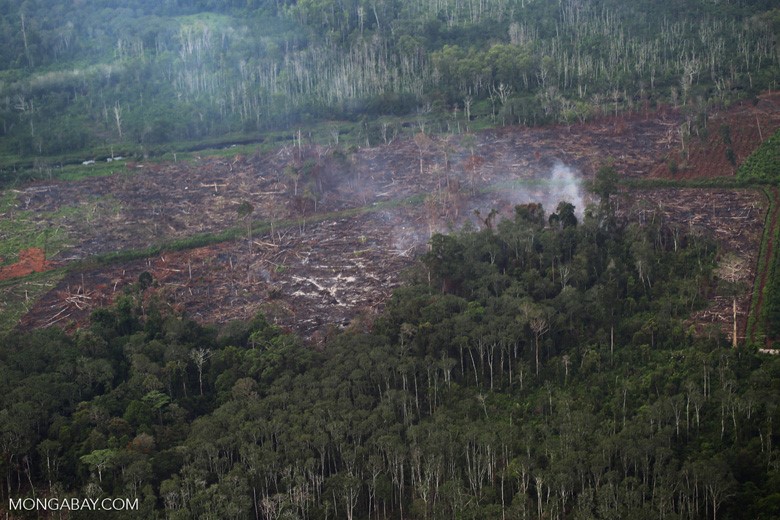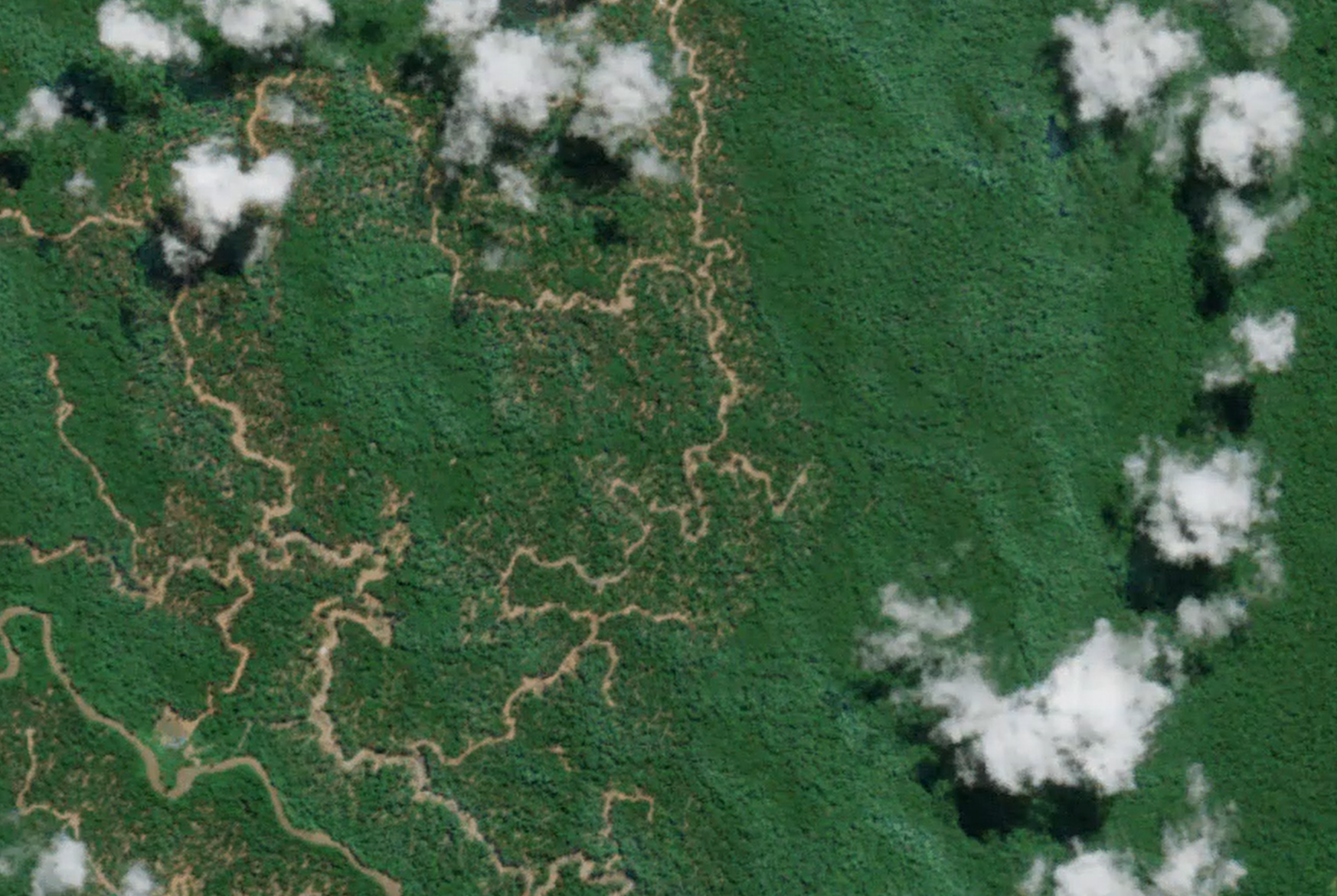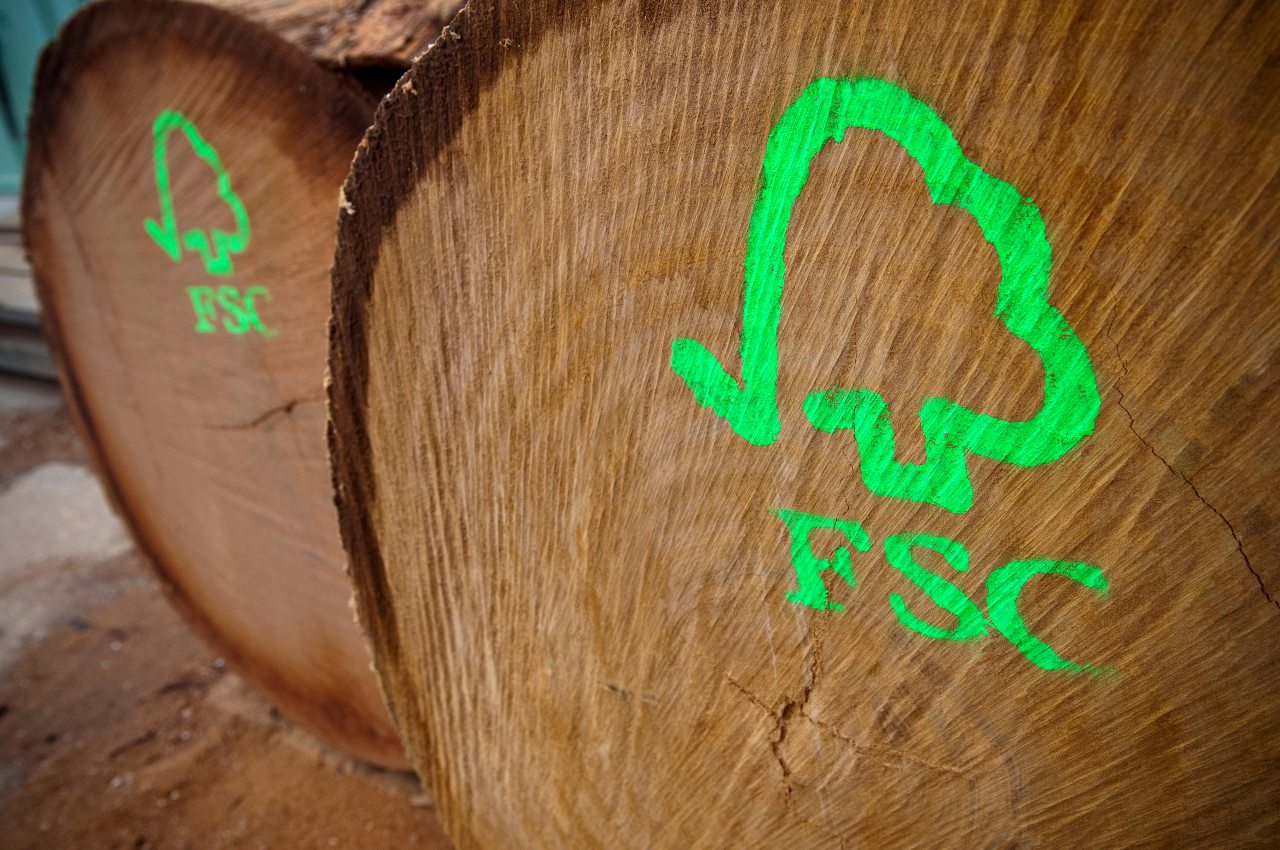
Land cleared for palm oil crops in Indonesia.
Some one million hectares of oil palm plantations are
illegal in the Indonesian province of Riau, according to a senior official.
Wiratno, Director General of Ecosystem and Natural Resources
Conservation of the Environment and Forestry Ministry, told a seminar that the
plantations were occupying the ‘forest estate’ without permission of the central
government.
“Generally, they are located in state forest areas beyond
effective coverage of control by government,” he said.
Wiratno did not say if any legal action had been taken
against the illegal oil palm plantations, according to an Antara News report on
the seminar, which concerned the role of the private sector in tiger
conservation.
The statement builds on an analysis by a
Riau NGO coalition last year. Using desk-based research and field visits, the
coalition assessed 26 oil palm plantations covering more than 100,000 hectares,
and found that the majority had been exploited in “legally questionable” ways.
In a
statement [Indonesian], Riko Kurniawan, Executive Director of WALHI Riau, a
member of the coalition, said that it was “incredible to see” that many companies
continued to operate, in spite of findings by a provincialparliamentary committee that hundreds of companies were
acting illegally.
Riau is the Indonesian province most heavily targeted by the expansion of monoculture plantations, both for timber species and palm oil.
As
of 2010, oil palm covered almost two million hectares of the province, more
than a fifth of its land area.
It also has large areas of deep peat swamps, which produce significant greenhouse gases when drained for plantation expansion and become highly combustible.
Riau is regularly one of the major sites of Indonesia’s
annual forest fires.
The illegal occupation of the ‘forest estate’ – the area
designated as under the control of the Ministry of Environmental and Forestry,
not necessarily reflecting the presence of forests – is rooted in a
long-running dispute over the zoning plan for the province between the
provincial and central governments.



